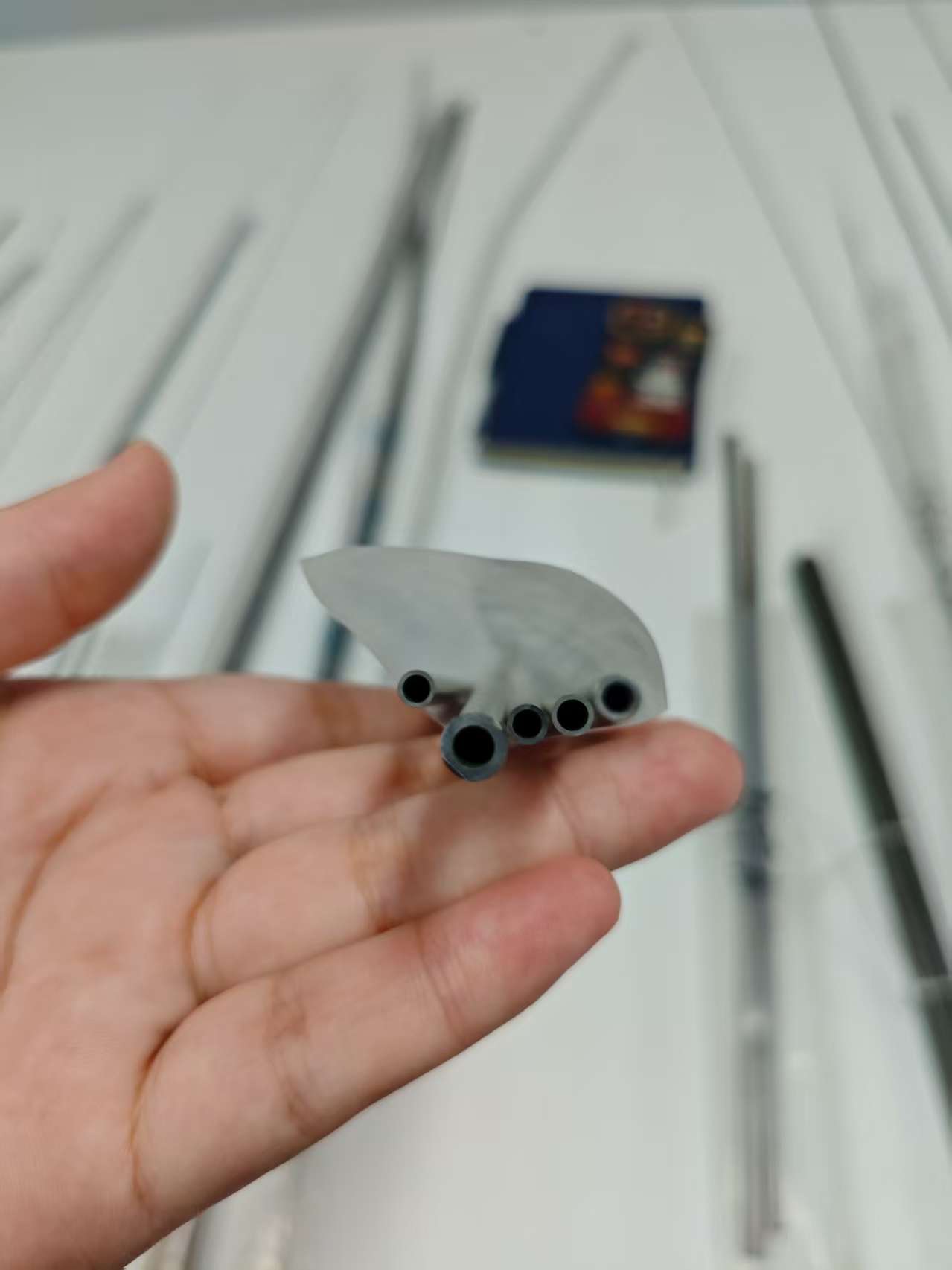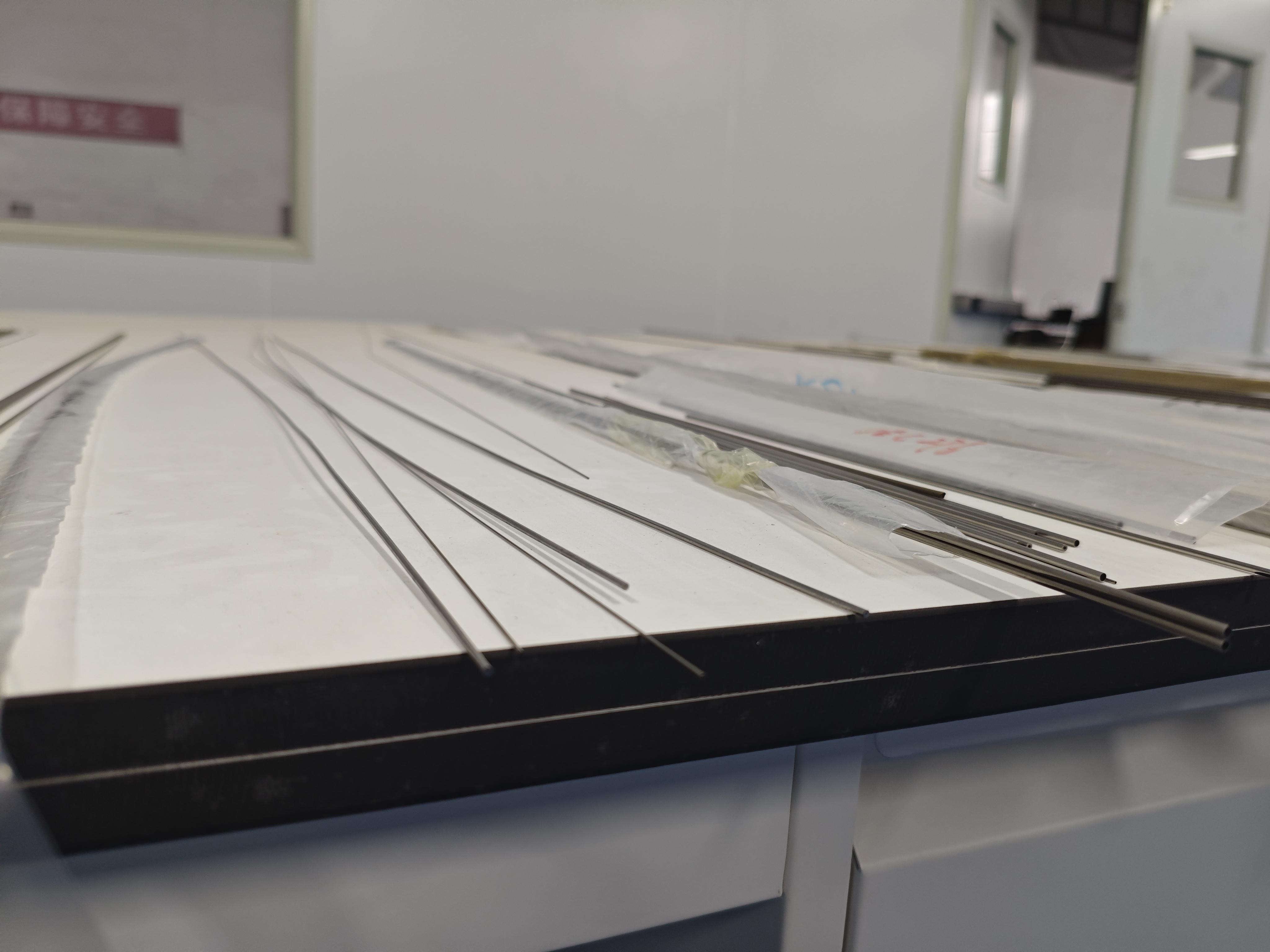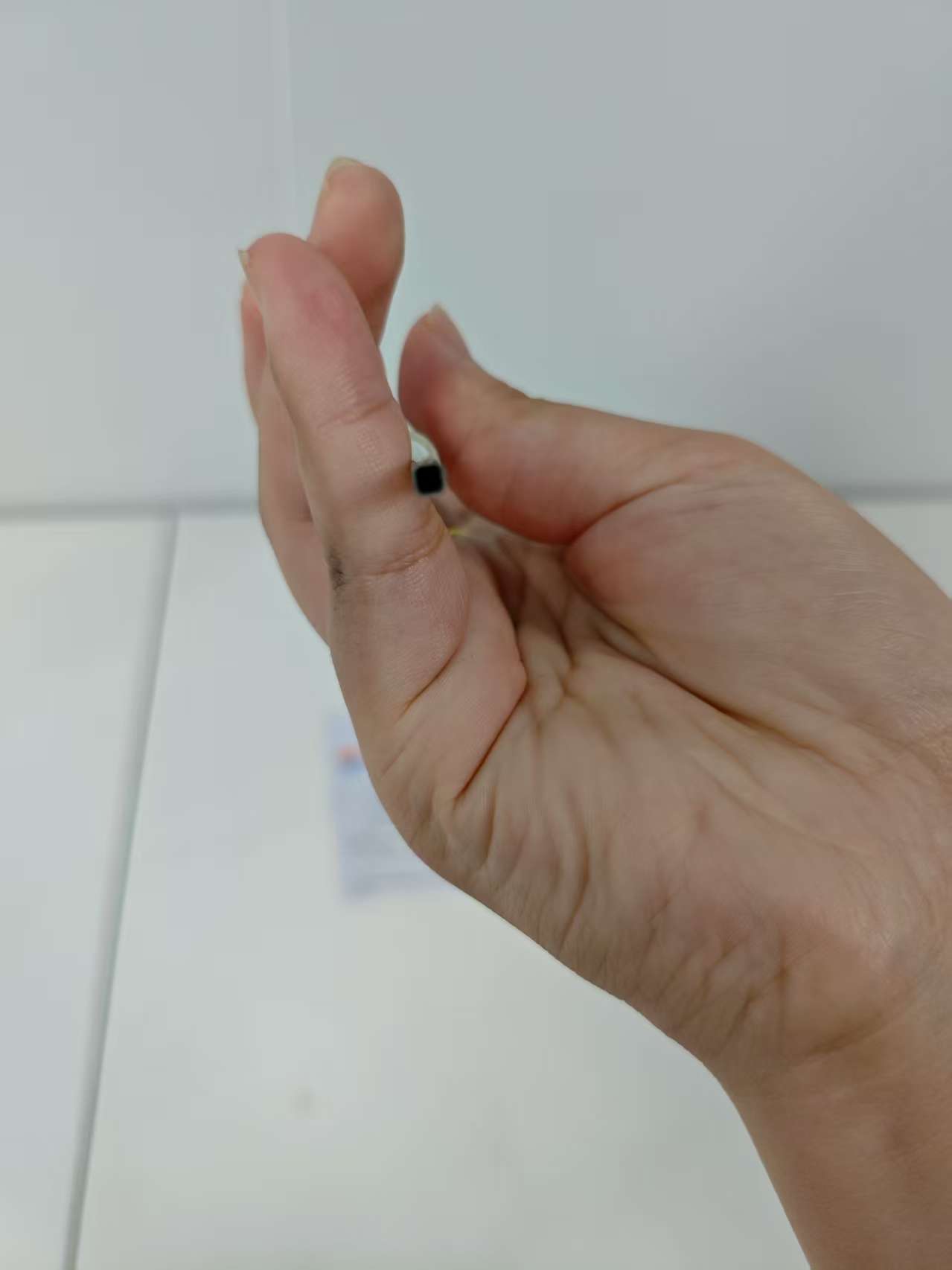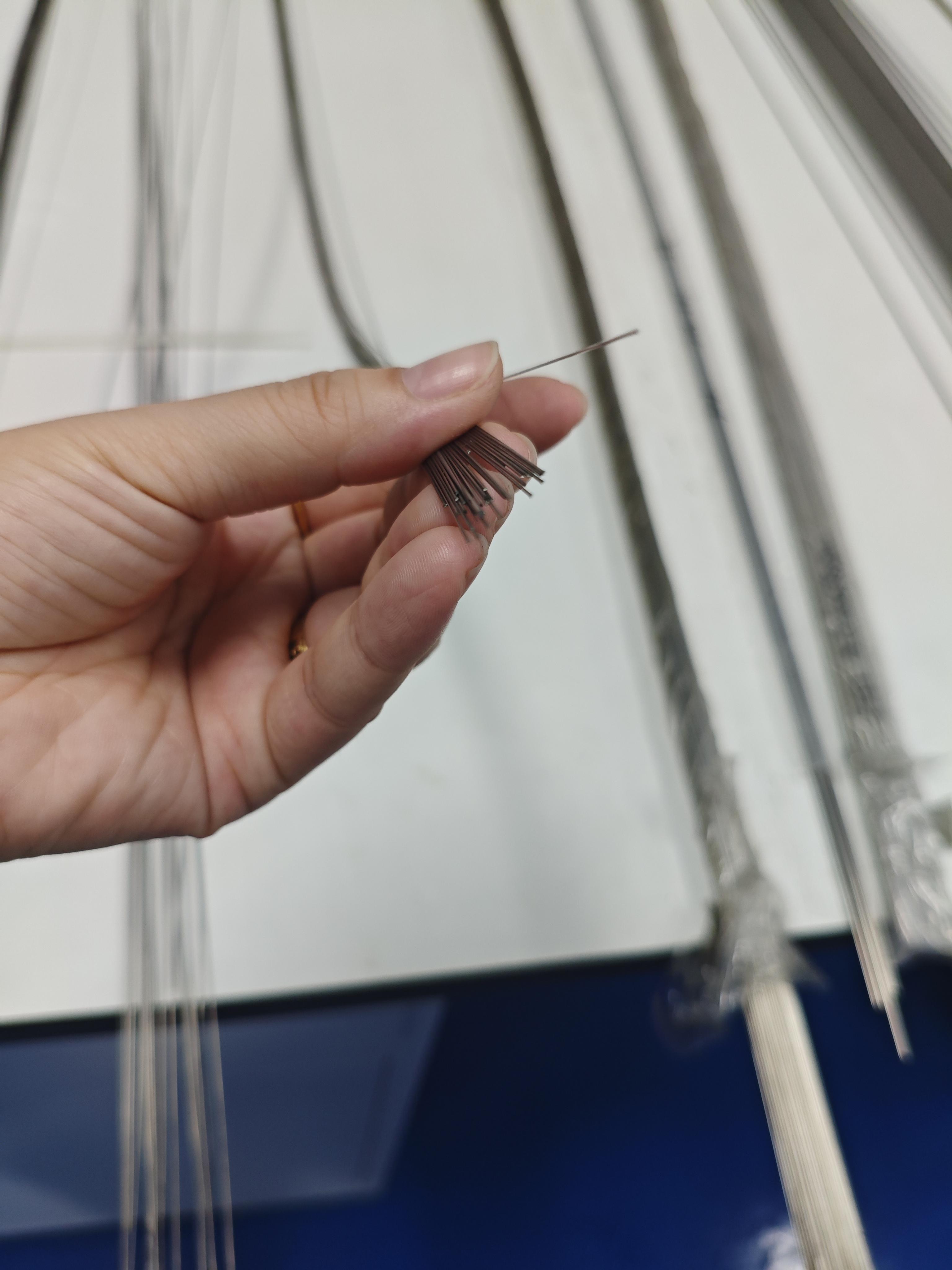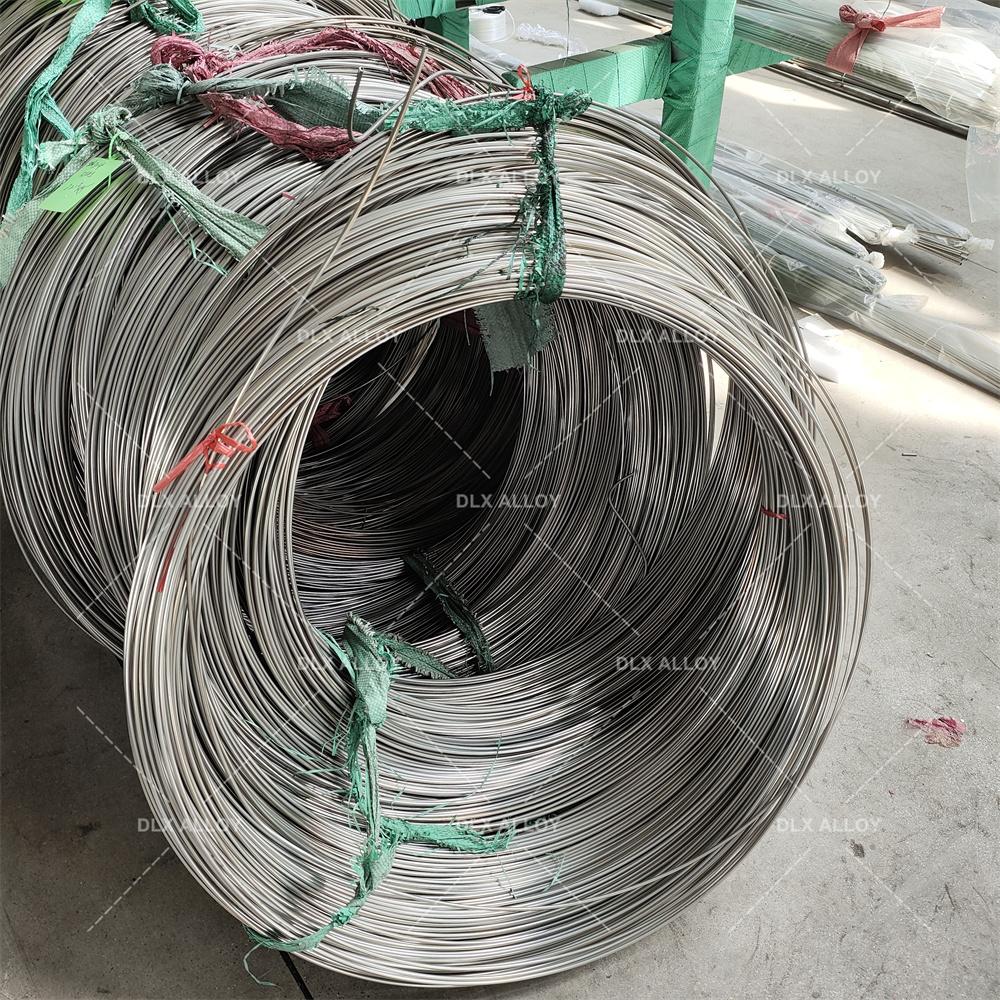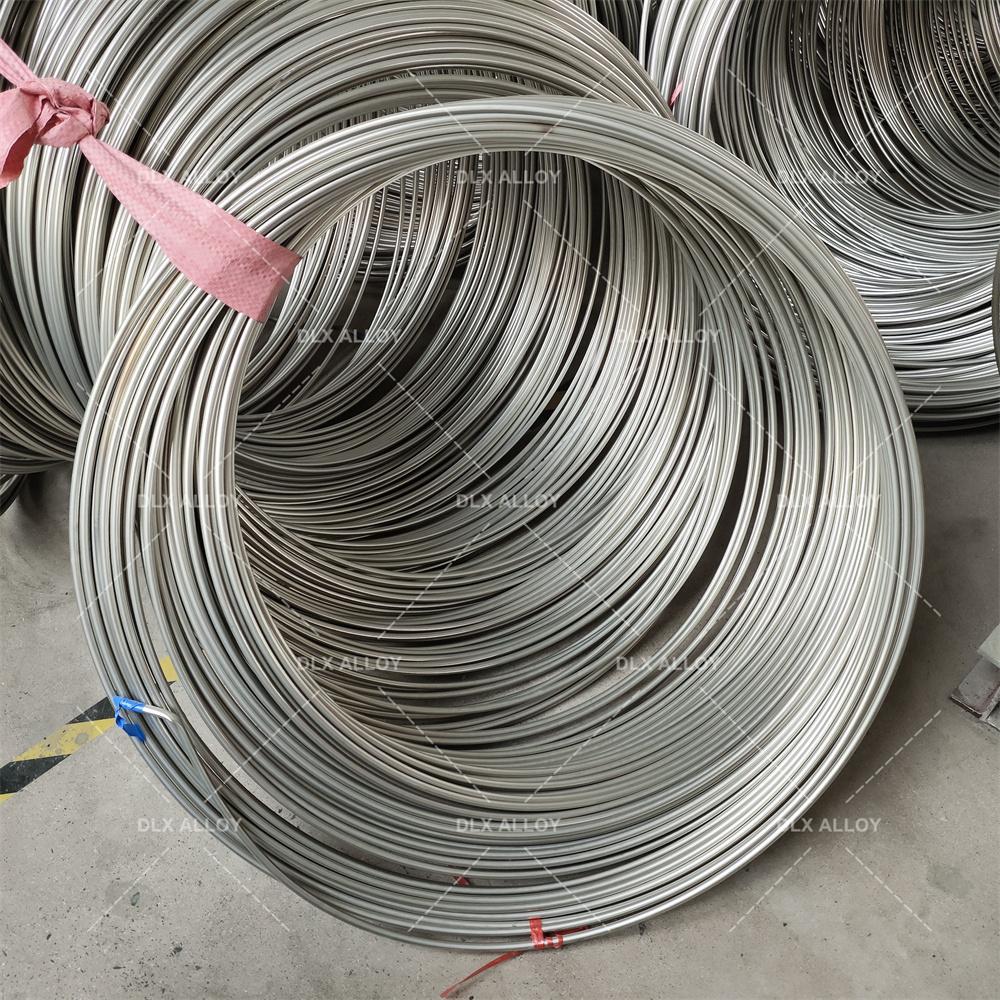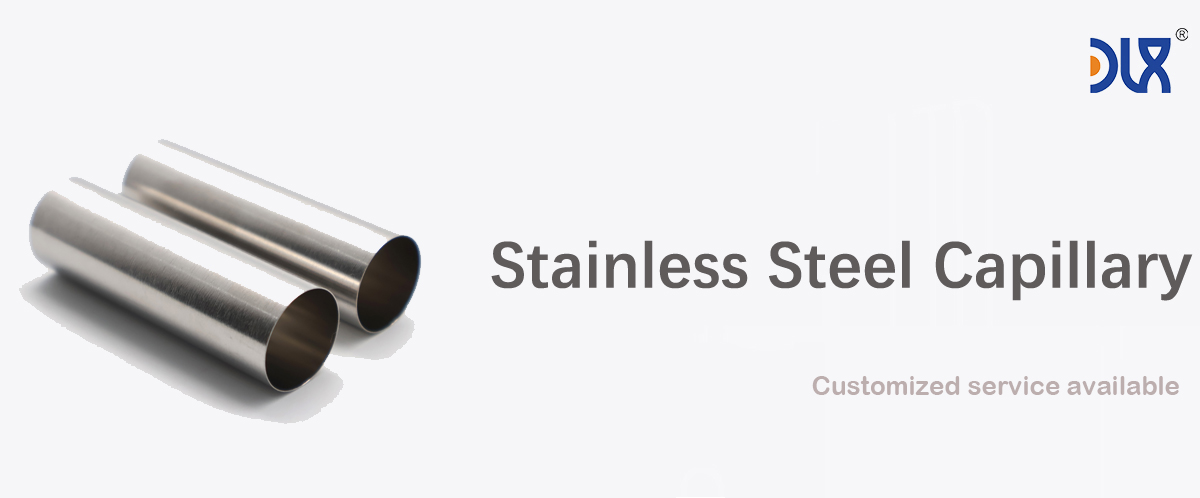
Our high-purity stainless steel capillary tubing is designed to power the precision and reliability needed for surgical and diagnostic tools in healthcare. These aren’t just tubes—they’re finely crafted solutions that enable doctors to save lives and diagnose conditions with pinpoint accuracy. Let’s dive into what makes our tubing a standout, from its top-notch materials to its critical applications, while exploring industry trends and why our company leads the pack.
We craft our high-purity stainless steel capillary tubing from premium 316L and 304L alloys, chosen for their exceptional purity and performance. The 316L grade, with 16-18% chromium, 10-14% nickel, and 2-3% molybdenum, is a rockstar in resisting corrosion, especially in saline-heavy environments like operating rooms. The 304L variant, with 18% chromium and 8% nickel, is a cost-effective option for less aggressive settings. Both keep carbon below 0.03%, ensuring clean welds and no cracking, even in micro-diameter coils. We produce tubes with outer diameters as small as 0.2mm and walls as thin as 0.05mm, hitting tolerances that make competitors jealous. The electropolished finish is a big deal—ultra-smooth surfaces cut down on friction and bacterial buildup, meeting ISO 10993 and USP Class VI standards for biocompatibility. Compliant with ASTM A269, our tubing is ready for the toughest surgical and diagnostic challenges.
For more details, pls directly contact us.
In surgical and diagnostic tools, our capillary tubing is a game-changer. For catheters, its micro-dimensions and flexibility let surgeons navigate tricky vascular paths during procedures like angioplasty. Endoscopes rely on its tight coils to snake through the body while staying strong, delivering clear images for accurate diagnoses. Hypodermic needles benefit from the thin walls, ensuring sharp, low-trauma injections. In biopsy tools, the tubing’s precision handles delicate tissue sampling without contamination. We’ve seen it used in diagnostic fluid delivery systems, like those in lab analyzers, where its non-reactive surface keeps samples pure. For wearable diagnostic devices, like glucose monitors, its compact size is a perfect fit. The seamless design and high purity make it ideal for repeated sterilization—autoclaving at 135°C doesn’t faze it—keeping tools safe and reliable in sterile environments.
Grade | Composition | Key Properties | Corrosion Resistance | Biocompatibility | Applications | Advantages | Limitations |
|---|---|---|---|---|---|---|---|
316L | Fe (60-70%), Cr (16-18%), Ni (10-14%), Mo (2-3%), C (<0.03%) | Tensile: 485-620 MPa, Yield: 170-290 MPa, Elongation: 40-50%, Hardness: 95 HRB | Excellent (passive oxide layer, resists pitting) | High, minimal ion release, rare Ni sensitivity | Bone plates, screws, stents, hip stems, dental implants | Cost-effective, machinable, fatigue-resistant | Possible Ni sensitivity, heavier than Ti |
304L | Fe (65-74%), Cr (18-20%), Ni (8-10.5%), C (<0.03%) | Tensile: 485-550 MPa, Yield: 170-240 MPa, Elongation: 40-55%, Hardness: 92 HRB | Good, less resistant to pitting than 316L | Moderate, higher Ni release risk | Temporary implants, surgical tools, guidewires | Affordable, easy to form, widely available | Limited for long-term implants due to corrosion |
17-4 PH | Fe (70-78%), Cr (15-17.5%), Ni (3-5%), Cu (3-5%), C (<0.07%) | Tensile: 930-1100 MPa, Yield: 725-860 MPa, Hardness: 30-44 HRC | Very good, but less than 316L in saline | Good, but less biocompatible than 316L | Load-bearing implants, surgical instruments | High strength, heat-treatable, durable | Complex processing, less corrosion-resistant |
420 | Fe (80-90%), Cr (12-14%), C (0.15-0.4%) | Tensile: 700-950 MPa, Yield: 340-450 MPa, Hardness: 45-50 HRC | Moderate, prone to pitting in body fluids | Moderate, not ideal for long-term implants | Cutting tools, temporary pins, dental drills | High hardness, wear-resistant, sharpenable | Poor corrosion resistance for permanent use |
440C | Fe (78-85%), Cr (16-18%), C (0.95-1.2%) | Tensile: 760-1000 MPa, Yield: 450-600 MPa, Hardness: 56-60 HRC | Moderate, better than 420 but less than 316L | Limited, high carbon affects biocompatibility | Surgical blades, high-wear tools | Extremely hard, excellent edge retention | Not suitable for long-term implants |
F138 (316LVM) | Fe (60-70%), Cr (17-19%), Ni (13-15%), Mo (2.25-3.5%), C (<0.03%) | Tensile: 490-690 MPa, Yield: 190-300 MPa, Elongation: 40-50%, Hardness: 95 HRB | Superior, optimized for medical use | Excellent, lowest ion release, vacuum-melted | Orthopedic implants, cardiovascular stents | Enhanced purity, top biocompatibility | Higher cost than standard 316L |
303 | Fe (65-75%), Cr (17-19%), Ni (8-10%), S (0.15-0.35%) | Tensile: 500-620 MPa, Yield: 240-290 MPa, Elongation: 35-50%, Hardness: 90 HRB | Moderate, sulfur reduces corrosion resistance | Moderate, not ideal for permanent implants | Machined components, non-implant devices | Excellent machinability, cost-effective | Not suitable for long-term implants |
Nitronic 60 | Fe (60-70%), Cr (16-18%), Ni (8-9%), Mn (7-9%), N (0.08-0.18%) | Tensile: 620-793 MPa, Yield: 345-414 MPa, Hardness: 95-100 HRB | Very good, resists galling and wear | Good, but less studied for implants | Wear-resistant implants, joint components | High wear resistance, galling resistance | Limited medical use, higher cost |
For more details, pls directly contact us
The medical device industry is booming, and our high-purity capillary tubing is right in the thick of it. The global medical tubing market is projected to hit $15 billion by 2030, growing at a CAGR of 8%, driven by aging populations and a surge in minimally invasive procedures. Patients want quicker recoveries, and our precision tubing enables smaller, smarter tools that deliver. Sustainability is huge—hospitals are pushing for recyclable materials, and our 100% recyclable stainless steel checks that box, with eco-friendly production to match. Regulatory bodies like the FDA and EU MDR are tightening rules on material purity and traceability, which we nail with full documentation from raw material to final product. Smart diagnostics are trending, with tubing now pairing with sensors for real-time data, like monitoring fluid flow in analyzers. Supply chain issues, like nickel price swings, are a challenge, but our diversified sourcing keeps us rock-solid. The rise of outpatient care and telemedicine is also driving demand for portable, high-precision tubing.
What sets our company apart? It’s our relentless focus on quality, customization, and innovation. We don’t just churn out tubing; we engineer solutions tailored to your needs. Our R&D team tweaks alloys to achieve purity levels that beat standard offerings, boosting biocompatibility and corrosion resistance. Need a custom coil pitch or diameter? We hit tolerances down to microns, ensuring perfect integration into your surgical or diagnostic tools. Our quality control is hardcore—ultrasonic testing and laser inspections catch flaws before they reach you, cutting failure risks in critical settings. We move fast, too, with automated production lines delivering quick turnarounds without skimping on quality. Our eco-friendly manufacturing, powered by renewable energy, appeals to clients chasing sustainability goals. This mix of precision, speed, and green practices gives us a serious edge.
Let’s zoom in on applications. Our high-purity capillary tubing is transforming surgical procedures. In neurosurgery, its tiny size enables precise drug delivery to the brain, minimizing trauma. In cardiology, it forms guidewires and stents that withstand constant heart motion without breaking down. For diagnostic labs, it’s used in chromatography systems, where its non-reactive surface ensures sample integrity. In high-pressure fluid systems, like infusion pumps, its seamless design prevents leaks that could disrupt treatment. It’s even making waves in veterinary surgery, supporting tools for animals. As telemedicine grows, our tubing fits into compact devices for remote diagnostics, blending durability with next-gen tech. The 316L’s molybdenum makes it a champ in saline-heavy settings, like IV systems or implant sites, where corrosion is a real threat.
Industry trends are opening new doors. Personalized medicine is a big deal—our custom tubing supports tailored tools, like biopsy needles designed for specific patients. Antimicrobial coatings are gaining traction to fight hospital infections, and we’re exploring nanotechnology to enhance our tubing’s surfaces. AI-driven diagnostics are pushing for smarter tubing, like integrating sensors for real-time pressure or flow data. Economic pressures, like rising raw material costs, are a hurdle, but our lean processes keep prices competitive. Post-COVID, supply chain resilience is critical, and our global facilities ensure we deliver, no matter what.
Our company shines with end-to-end support. From design consults to navigating FDA approvals, we’re with you every step. Our testing mimics real-world conditions—saline exposure, cyclic bending—so you know our tubes will perform under pressure. Compared to typical market options, our tubing has lower impurities, boosting longevity and safety. We also offer extras like PTFE coatings for added lubricity, which many skip. This focus on quality and service builds trust with healthcare innovators.
Product-wise, our 316L capillary tubing is the gold standard for harsh environments, resisting corrosion in saline or acidic conditions better than other grades. The 304L is a cost-effective pick for general tools like catheters, offering great formability for tight coils. Both are seamless for uniform strength and come with custom fittings for easy integration. The electropolished finish minimizes outgassing in sterile packaging, keeping devices contamination-free.
Comparison Parameters Table for 316L vs 304L High-Purity Stainless Steel Capillary Tubing
| Parameter | 316L High-Purity Capillary Tubing | 304L High-Purity Capillary Tubing |
|---|---|---|
| Composition | 16-18% Chromium, 10-14% Nickel, 2-3% Molybdenum, ≤0.03% Carbon | 18% Chromium, 8% Nickel, ≤0.03% Carbon |
| Corrosion Resistance | Excellent; resists pitting in saline/acidic environments | Good; suitable for less aggressive conditions |
| Biocompatibility | Superior; ideal for long-term surgical tools and implants | High; better for short-term tools and non-saline environments |
| Strength (Tensile) | 515-620 MPa; handles high-stress precision applications | 485-515 MPa; reliable for moderate-stress tools |
| Temperature Resistance | Up to 925°C; withstands repeated sterilization cycles | Up to 870°C; adequate for standard sterilization processes |
| Cost | Higher; premium for critical diagnostic and surgical uses | Cost-effective; suits high-volume, less critical applications |
| Formability | Very good; maintains precision in micro-diameter coiling | Excellent; slightly better flexibility for tight-radius applications |
| Applications | Endoscopes, stents, fluid delivery in saline-heavy diagnostics | Hypodermic needles, catheters, general surgical tools |
| Surface Finish | Electropolished; optimized for minimal bacterial adhesion | Electropolished; smooth but less optimized for harsh environments |
| Durability | Superior; withstands prolonged sterilization and bodily fluid exposure | High; reliable but less durable in chloride-rich settings |
Looking ahead, we’re excited about trends like bioresorbable materials, though our high-purity stainless steel remains unmatched for reliability. Stricter biocompatibility regulations are no problem—our tubes are pre-validated to save you time. The rise of 3D-printed diagnostic tools opens new possibilities, but our precision tubing is still the go-to for critical applications.
In short, our high-purity stainless steel capillary tubing powers surgical and diagnostic tools with precision and durability. From materials to applications, we’re driving innovation with our focus on quality, customization, and sustainability. Choosing us means partnering for success in healthcare’s fast-evolving landscape. (Word count: 1514)
For more details, pls directly contact us.
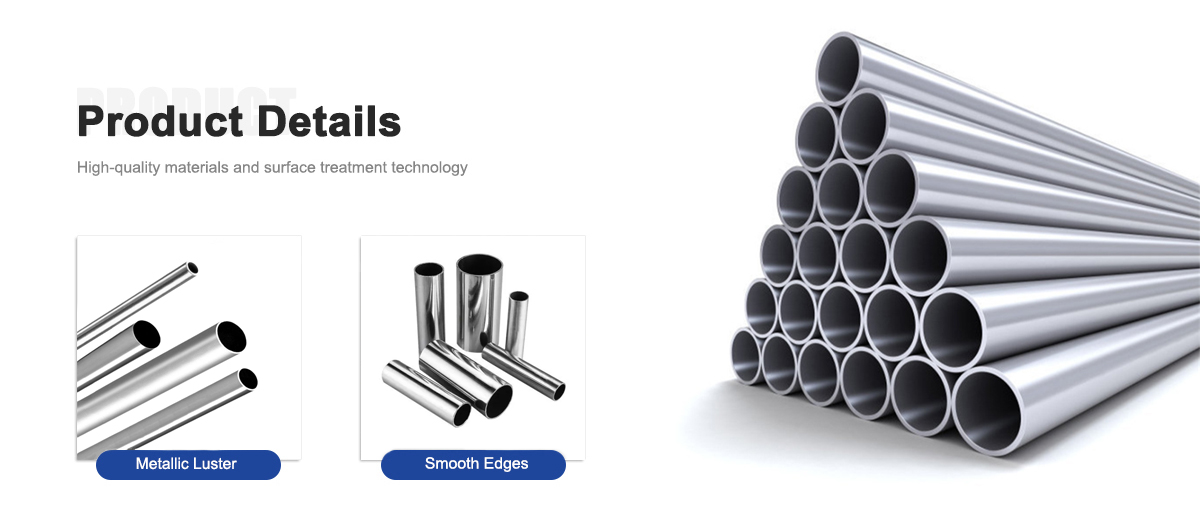

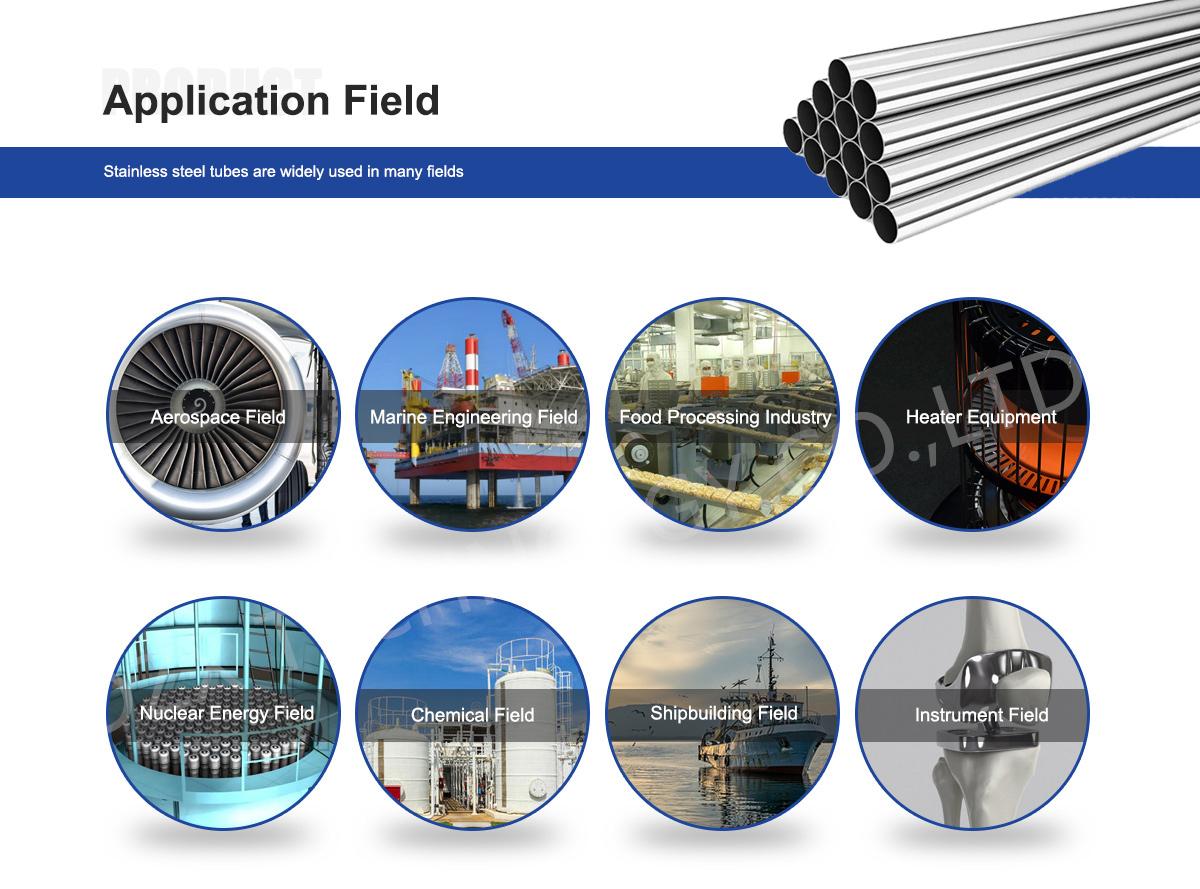
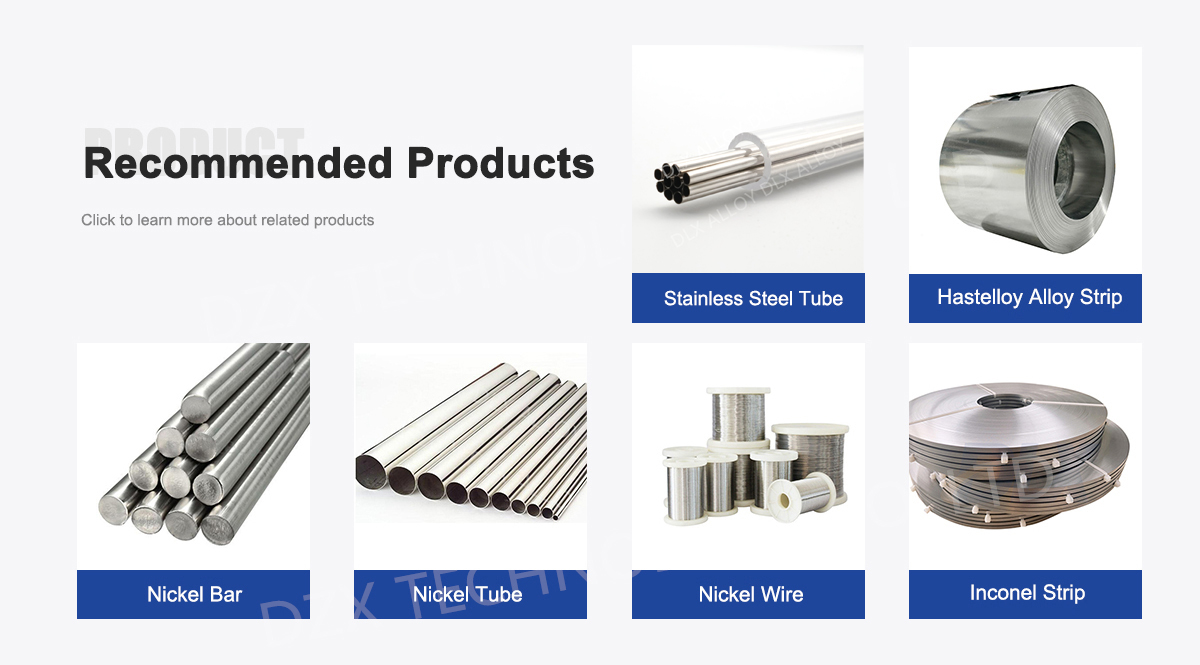
About Us:
Our 12,000㎡ factory is equipped with complete capabilities for research, production, testing, and packaging. We strictly adhere to ISO 9001 standards in our production processes, with an annual output of 1,200 tons. This ensures that we meet both quantity and quality demands. Furthermore, all products undergo rigorous simulated environment testing including high temperature, high pressure, and corrosion tests before being dispatched, ensuring they meet customer specifications.
For all our clients, we offer timely and multilingual after-sales support and technical consulting, helping you resolve any issues swiftly and efficiently.

Client Visits
Building Stronger Partnerships

We support all kinds of testing:


FAQs:
What materials make up high-purity stainless steel capillary tubing?
High-purity stainless steel capillary tubing is made from 316L or 304L alloys, with 16-18% chromium, 10-14% nickel, 2-3% molybdenum (in 316L), and ultra-low carbon (≤0.03%) for superior purity and corrosion resistance.
What are the main uses of high-purity stainless steel capillary tubing in surgical and diagnostic tools?
It’s used in catheters, endoscopes, hypodermic needles, biopsy tools, and diagnostic fluid delivery systems due to its precision, biocompatibility, and durability.
How does high-purity stainless steel capillary tubing ensure biocompatibility?
It meets ISO 10993 and USP Class VI standards, with electropolished surfaces that reduce leachables, prevent bacterial adhesion, and minimize tissue irritation.
What industry trends are driving demand for high-purity stainless steel capillary tubing?
Trends include growth in minimally invasive surgeries, advancements in smart diagnostic tools, sustainable manufacturing, and stricter regulations on material purity.
How do you maintain high-purity stainless steel capillary tubing in medical applications?
Sterilize with autoclaving or ethylene oxide, clean with biocompatible solvents, and inspect for micro-abrasions to ensure hygiene and performance.
How do environmental factors affect high-purity stainless steel capillary tubing?
It resists corrosion from saline, bodily fluids, and disinfectants, with 316L excelling in chloride-rich surgical or diagnostic environments.
What advantages does high-purity tubing offer over standard stainless steel tubing?
Higher purity reduces impurities, enhances biocompatibility, improves corrosion resistance, and ensures reliability in precision surgical and diagnostic applications.
What future trends might impact high-purity stainless steel capillary tubing?
Emerging trends include antimicrobial coatings, integration with IoT for real-time diagnostics, and eco-friendly production to meet healthcare sustainability goals.

